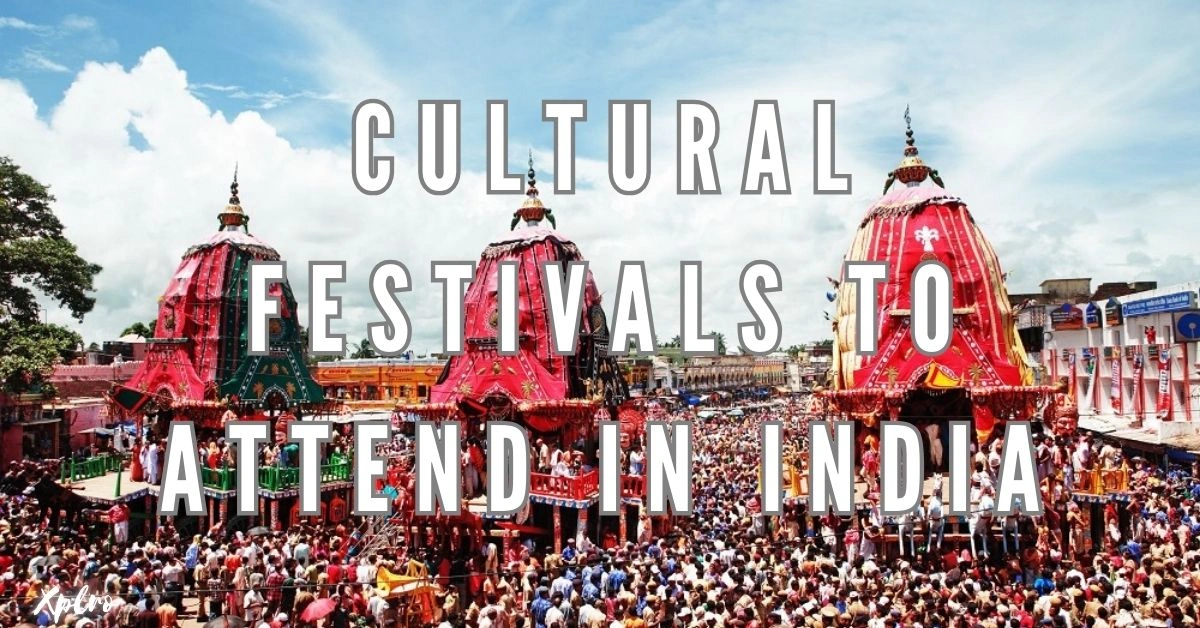Cultural Festivals to Attend in India; India, a land of many traditions, languages, and religions, has a whole year of exciting festivals. There are big celebrations that people from all over the world come to see, and there are also smaller festivals that show us how people have lived in India for a very long time. If you like to travel or want to learn more about India’s colorful and different traditions, here are 10 of the best festivals to visit.
- 1. Diwali – Festival of Lights
- 2. Holi – Festival of Colors
- 3. Durga Puja – A Grand Celebration of Goddess Durga
- 4. Ganesh Chaturthi – Honoring Lord Ganesha
- 5. Pushkar Camel Fair – A Unique Desert Festival
- 6. Onam – The Harvest Festival of Kerala
- 7. Pongal – Tamil Nadu’s Harvest Celebration
- 8. Baisakhi – Celebrating the Sikh New Year
- 9. Kumbh Mela – The World’s Largest Spiritual Gathering
- 10. Rath Yatra – The Chariot Festival of Lord Jagannath
- FAQs
1. Diwali – Festival of Lights
- When: October or November
- Where: Celebrated everywhere in India, but especially big in North India and cities like Delhi, Jaipur, and Varanasi.
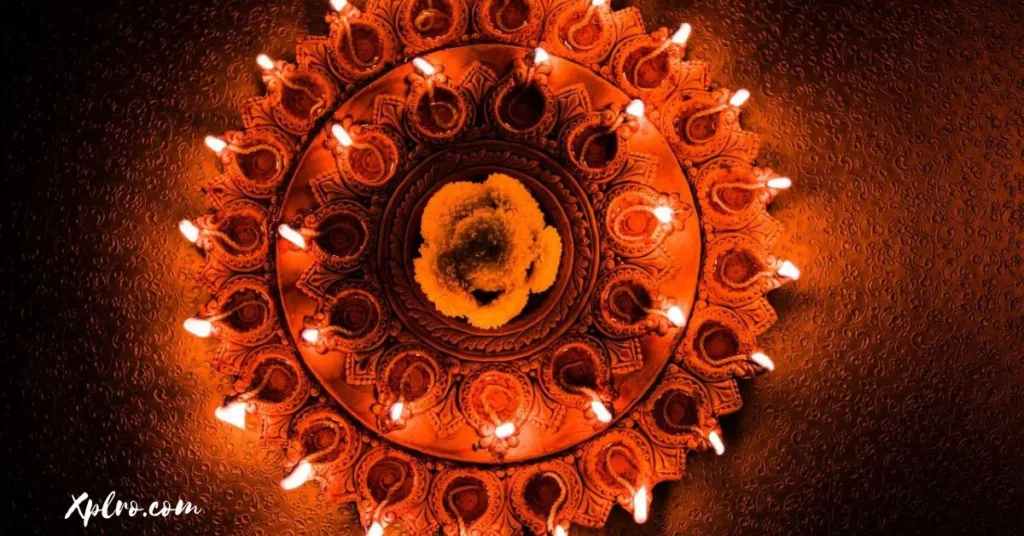
Diwali is one of India’s most important festivals. It celebrates the victory of good over bad. The festival is famous for its beautiful lights, fireworks, and colorful rangolis (art made with colored powders). People decorate their homes and temples with lamps, and they share sweets with their family and friends. In cities like Varanasi, the ghats (steps) along the Ganges River are lit up, making a really pretty picture. Diwali is a great time to see how India brings together tradition, spirituality, and fun.
2. Holi – Festival of Colors
- When: March
- Where: Popular throughout India, especially in Vrindavan, Mathura, and Jaipur.
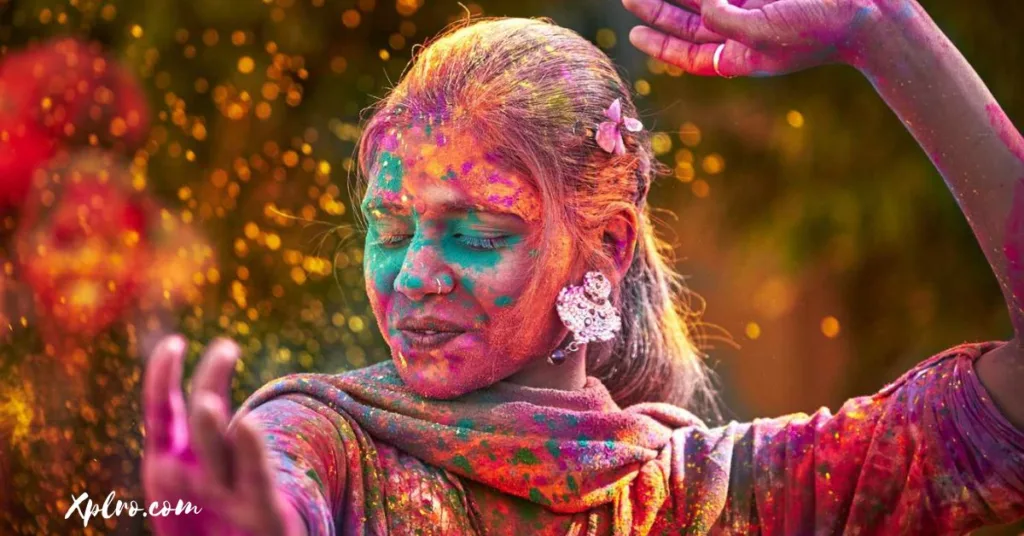
Holi is a colorful celebration of the arrival of spring and the victory of good over evil. People take to the streets, smearing each other with vibrant colors and dancing to traditional music. The celebration is especially extravagant in Vrindavan and Mathura, where it is believed that Lord Krishna played Holi with Radha and other devotees. If you want to experience India at its most playful, this is the festival to attend.
3. Durga Puja – A Grand Celebration of Goddess Durga
- When: September or October
- Where: West Bengal, especially Kolkata.
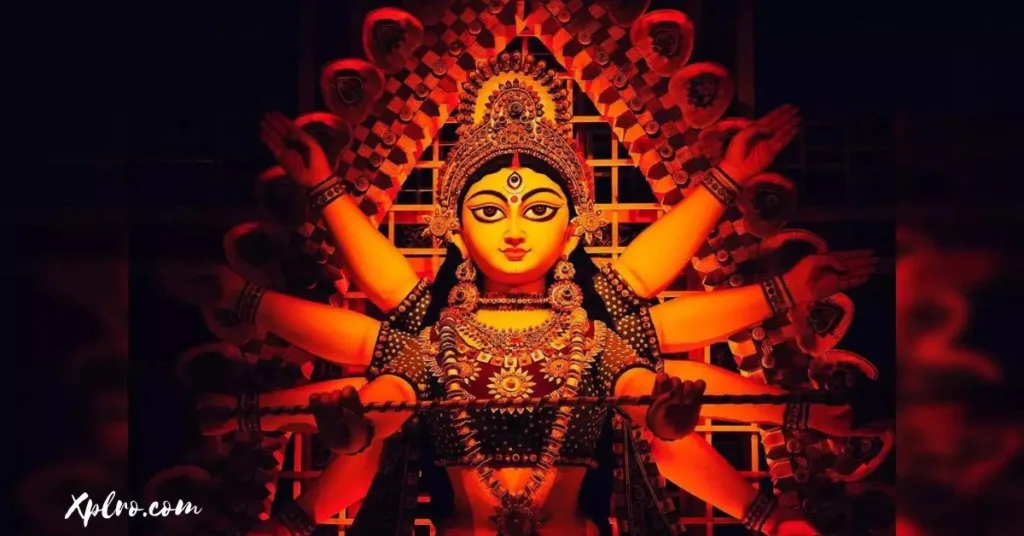
Durga Puja is a very special festival in West Bengal, especially in Kolkata. The streets are filled with beautiful pandals (temporary structures) showing amazing statues of Goddess Durga. The festival goes on for a few days, with rituals, traditional music, dancing, and lots of devotion. On the last day, called Vijayadashami, there are parades and the statues are put into water. Durga Puja is one of the most beautiful and exciting cultural festivals in India.
4. Ganesh Chaturthi – Honoring Lord Ganesha
- When: August or September
- Where: Maharashtra, especially Mumbai and Pune.
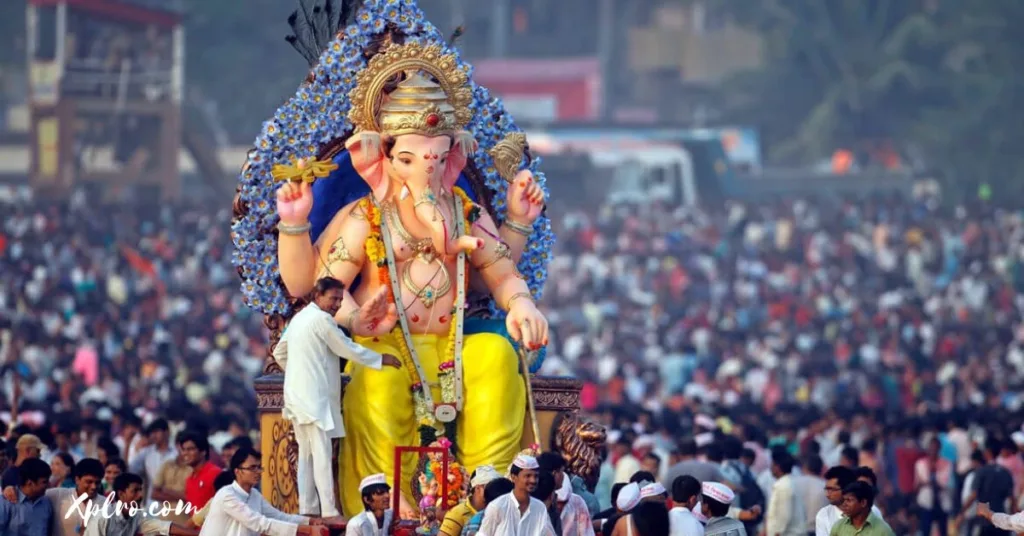
Ganesh Chaturthi is a 10-day festival that celebrates Lord Ganesha, the one who removes obstacles. In cities like Mumbai and Pune, people put up big statues of Ganesha in their homes and public places. They do rituals, sing devotional songs, and pray. On the last day, the streets are full of parades as people take the statues to water bodies. The festival shows the special mix of devotion and art that makes Maharashtra’s culture so unique.
5. Pushkar Camel Fair – A Unique Desert Festival
- When: November
- Where: Pushkar, Rajasthan.
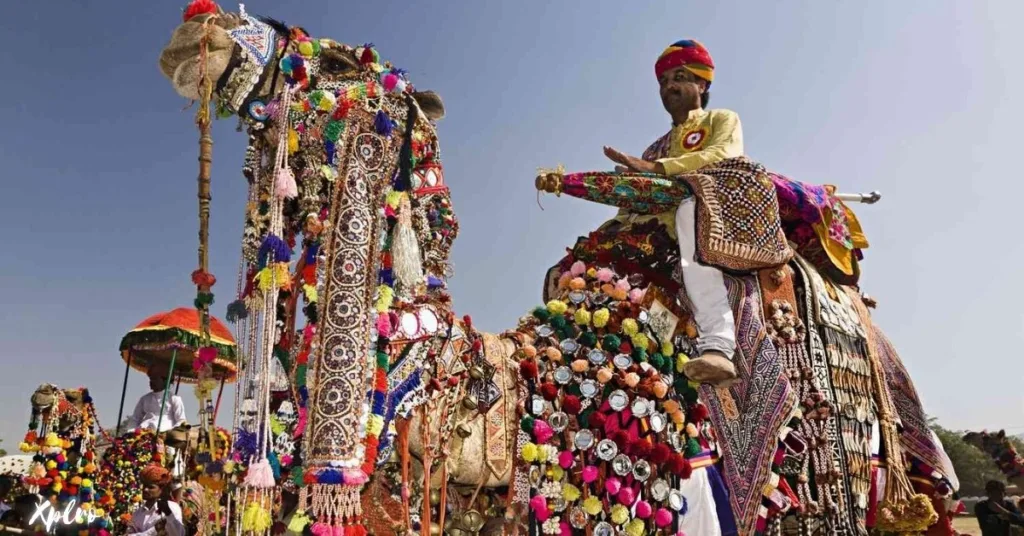
The Pushkar Camel Fair is a very special event that happens in the town of Pushkar in Rajasthan. It started as a place for people to buy and sell cattle and camels, but now it’s a big cultural festival with camel races, folk performances, and traditional Rajasthani crafts. The festival shows the region’s rural way of life, giving visitors a chance to experience the charm of Rajasthan’s desert culture.
6. Onam – The Harvest Festival of Kerala
- When: August or September
- Where: Kerala
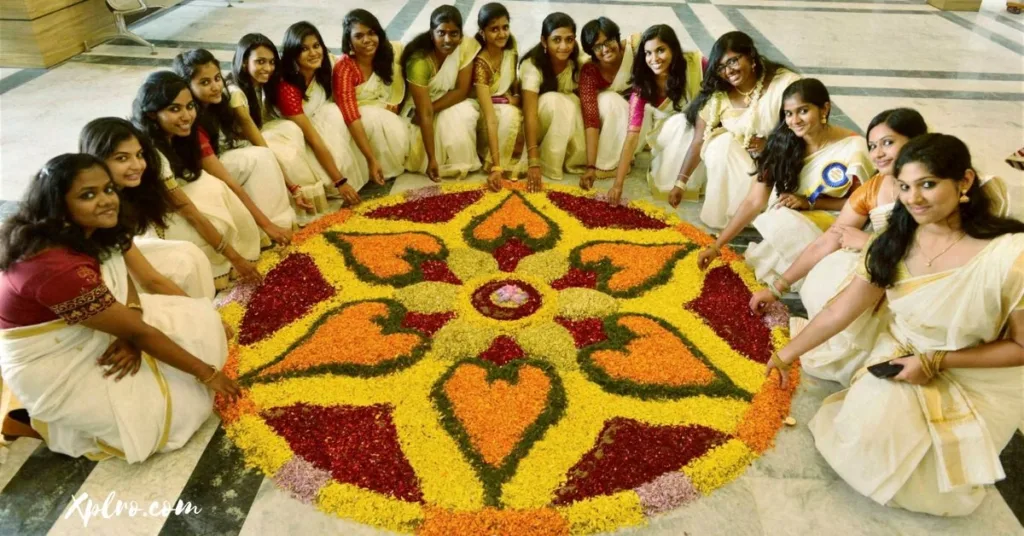
Onam is the biggest festival in Kerala. People celebrate it with many cultural activities like Kathakali dance, traditional games, and boat races. The festival is about the homecoming of the legendary King Mahabali and the harvest season. The most special part of Onam is the big feast called “Onasadya,” served on banana leaves and with many vegetarian dishes. Onam shows you Kerala’s rich traditions and happy community spirit.
7. Pongal – Tamil Nadu’s Harvest Celebration
- When: January
- Where: Tamil Nadu
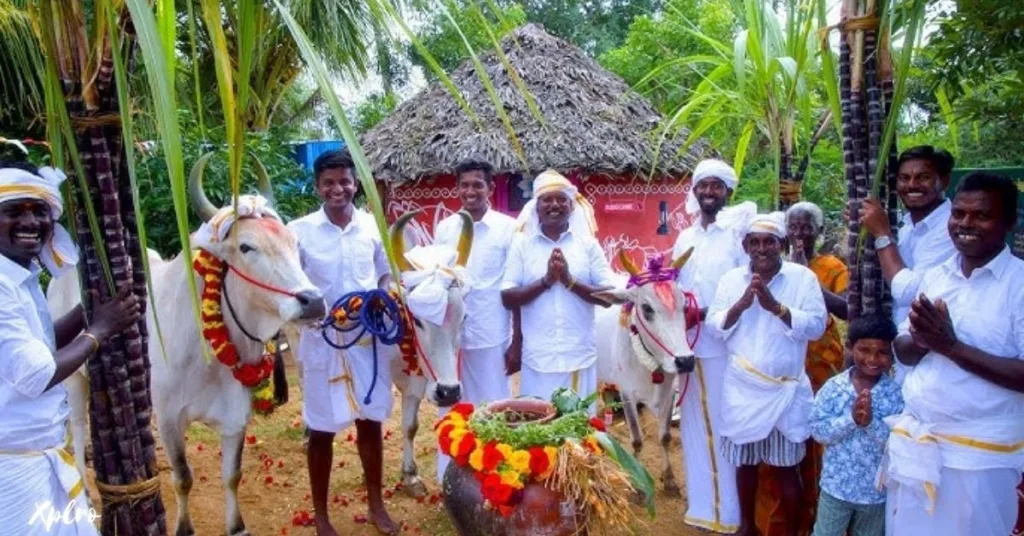
Pongal is a 4-day festival celebrated in Tamil Nadu to thank the Sun God for a good harvest. The most special part is making the sweet dish “Pongal,” made from freshly harvested rice and jaggery. The festival has prayers, traditional music, and bull-taming events like Jallikattu. Pongal is a very important part of Tamil Nadu’s farming culture and is celebrated with simplicity and gratitude, showing the deep connection between people and their land.
8. Baisakhi – Celebrating the Sikh New Year
- When: April
- Where: Punjab, especially Amritsar.
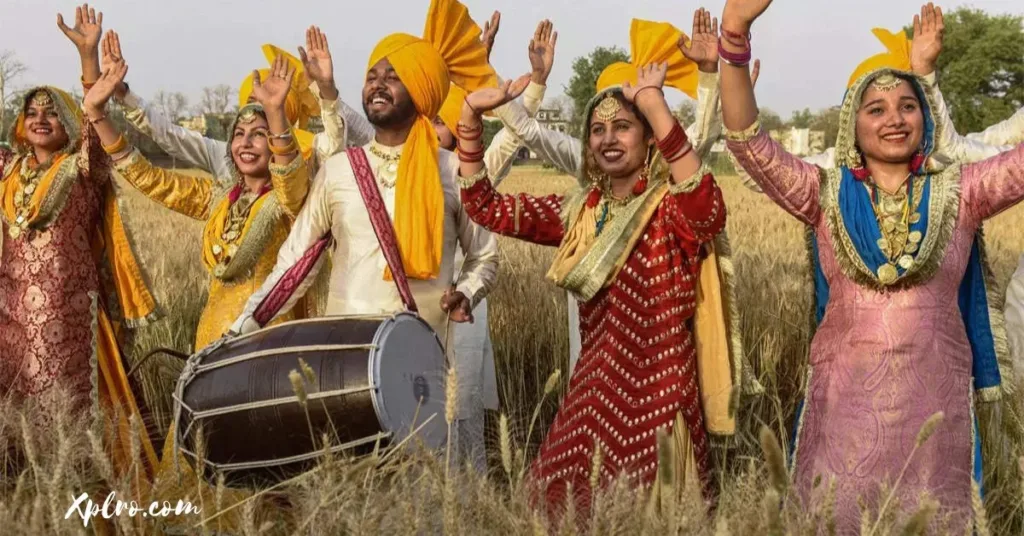
Baisakhi is a big festival in Punjab that marks the start of the harvest season and the Punjabi New Year. It’s also a religious festival for Sikhs, as it remembers when Guru Gobind Singh formed the Khalsa in 1699. The festival is celebrated with prayers in gurdwaras (Sikh temples), parades, and fun performances of bhangra and giddha dances. Amritsar, where the Golden Temple is, is the center of Baisakhi celebrations and attracts many devotees and tourists.
9. Kumbh Mela – The World’s Largest Spiritual Gathering
- When: Every 12 years (with smaller Ardh Kumbh every 6 years)
- Where: Allahabad (Prayagraj), Haridwar, Ujjain, and Nashik.
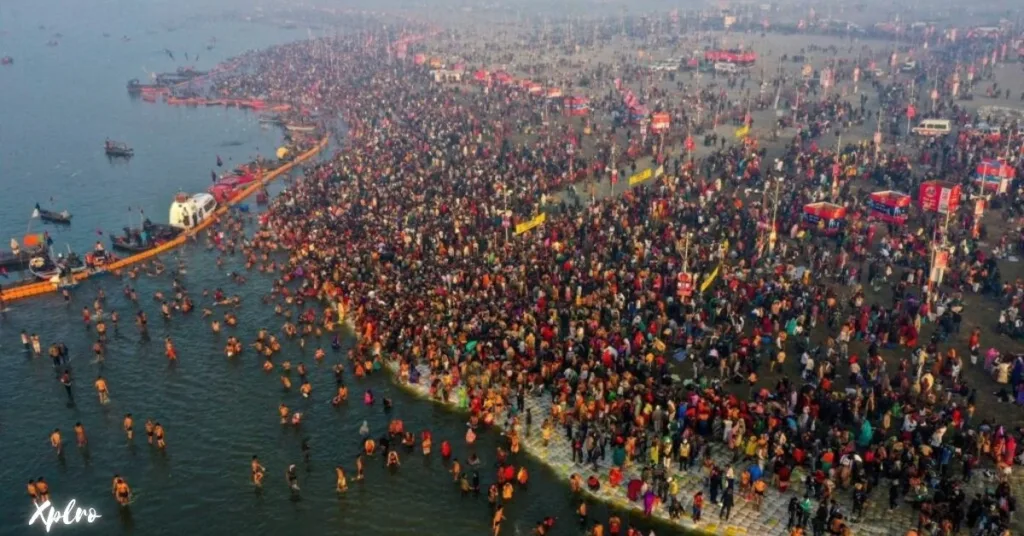
Kumbh Mela is one of the biggest religious gatherings in the world. Millions of people come together to take a holy dip in sacred rivers. The festival moves between four cities: Allahabad (Prayagraj), Haridwar, Ujjain, and Nashik. People believe that bathing in the holy rivers during this time washes away sins and brings salvation. The size of this festival, along with the devotion of the people who come, makes it a once-in-a-lifetime cultural and spiritual experience.
10. Rath Yatra – The Chariot Festival of Lord Jagannath
- When: June or July
- Where: Puri, Odisha.
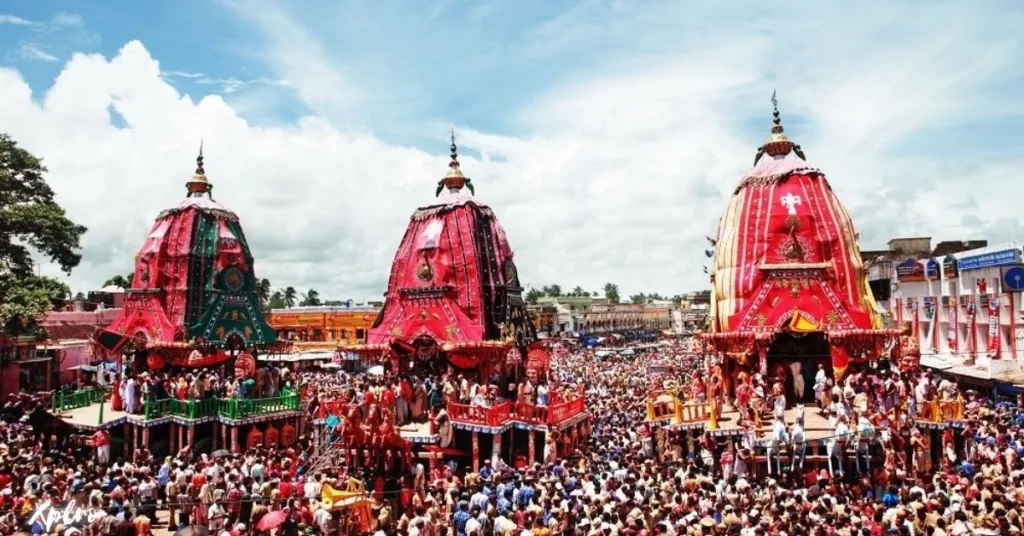
Rath Yatra is a big festival celebrated in the coastal town of Puri, Odisha. Huge chariots carrying statues of Lord Jagannath, Balabhadra, and Subhadra are pulled through the streets by thousands of people. The journey is like the deities visiting their aunt’s home. The energy, devotion, and size of the procession make Rath Yatra a really amazing cultural show. It’s a celebration of faith and tradition that attracts people from all over India and the world.
Conclusion, Cultural Festivals to Attend in India
India’s cultural festivals are a vibrant tapestry woven with tradition, faith, and joy. From the grandeur of Diwali to the serene beauty of Onam, each celebration offers a unique glimpse into the country’s rich heritage. Discover the heart and soul of India through these captivating festivals. Explore the Xplro Guide for in-depth information on dates, cultural significance, must-see events, and travel tips to plan your unforgettable journey.
FAQs
1. What is the best time to attend cultural festivals in India?
- India hosts festivals year-round, but the period from September to November sees some of the biggest celebrations like Diwali, Durga Puja, and the Pushkar Camel Fair. Spring (March-April) is another vibrant time, with festivals like Holi and Baisakhi taking center stage. It’s best to plan based on the specific festival you want to experience.
2. Do I need tickets for any festivals?
- Most cultural festivals in India, such as Diwali, Holi, and Durga Puja, are open to everyone and free to attend. However, certain events within festivals, like dance performances or boat races during Onam, may require tickets. Additionally, larger fairs like the Pushkar Camel Fair may have ticketed attractions for tourists.
3. Is it safe for tourists to participate in Indian festivals?
- Yes, festivals in India are generally safe for tourists, and visitors are often welcomed warmly. However, it’s wise to remain cautious in large crowds, particularly during events like Kumbh Mela or Holi. Taking basic safety precautions, such as keeping your belongings secure and being mindful of your surroundings, will help ensure a safe experience.
4. Can I take photos at the festivals?
- Photography is usually permitted during festivals, but it’s important to respect local customs. In some cases, such as inside temples or during specific religious rituals, taking photos may not be allowed. Always ask permission before photographing people or sacred ceremonies to show respect for the culture and traditions.
5. What should I wear when attending cultural festivals?
- It’s advisable to dress modestly during festivals, especially for religious events. Traditional attire like sarees, salwar kameez, or kurtas is appreciated, but comfortable, loose-fitting clothes are also acceptable. For Holi, wear clothes you don’t mind getting stained, as the festival involves throwing colored powder.
6. Can tourists join in religious ceremonies during festivals?
- In many cases, tourists are welcome to observe and even participate in certain aspects of religious festivals, like lighting lamps during Diwali or taking a holy dip during Kumbh Mela. However, it’s crucial to be respectful and follow local customs, especially during religious rituals. If you’re unsure, ask locals for guidance.
7. How long do Indian festivals typically last?
- The duration of festivals in India varies. Some, like Ganesh Chaturthi or Durga Puja, are celebrated over several days, while others, such as Holi and Diwali, typically last one or two days. Larger festivals like Kumbh Mela or Pushkar Camel Fair can span weeks. It’s best to check the dates and schedule for each festival in advance.
8. Are festivals in India suitable for families with children?
- Yes, many Indian festivals are family-friendly, such as Diwali, Pongal, and Onam. Festivals like Holi are also fun for children, though parents should supervise young ones as the celebration can get playful and chaotic. For larger gatherings, like Kumbh Mela, it’s advisable to take extra care when traveling with kids.
9. How can I experience authentic rural festivals in India?
- To enjoy rural festivals like Pongal, Onam, or Baisakhi, visit small towns or villages where traditions are deeply rooted. Homestays or cultural tours can help provide a genuine experience. The Pushkar Camel Fair is another great opportunity to explore Rajasthan’s rural desert culture.
10. What kinds of food are associated with Indian festivals?
- Indian festivals are closely tied to traditional food. During Diwali, for example, sweets like ladoos and barfis are commonly shared. Pongal features a special dish of the same name made from rice and jaggery, and Baisakhi is a time to enjoy Punjabi dishes like sarson ka saag and makki di roti. Onam’s grand feast, called Onasadya, is served with multiple vegetarian dishes on banana leaves.
11. What etiquette should I follow when attending Indian festivals?
- It’s important to be respectful of local customs. For example, remove your shoes before entering temples or private homes during festivals like Diwali or Durga Puja. Dress modestly, avoid alcohol at religious events, and be polite to locals. Observing these simple practices will make you feel welcome and enrich your experience.
12. How can I learn more about the history and significance of Indian festivals?
- To deepen your understanding of Indian festivals, consider hiring a local guide or joining a festival tour. Guides can explain the cultural and historical significance behind the festivals, and visiting local museums or cultural centers can provide more context. Reading up on the festival beforehand is also a great way to enhance your experience.


